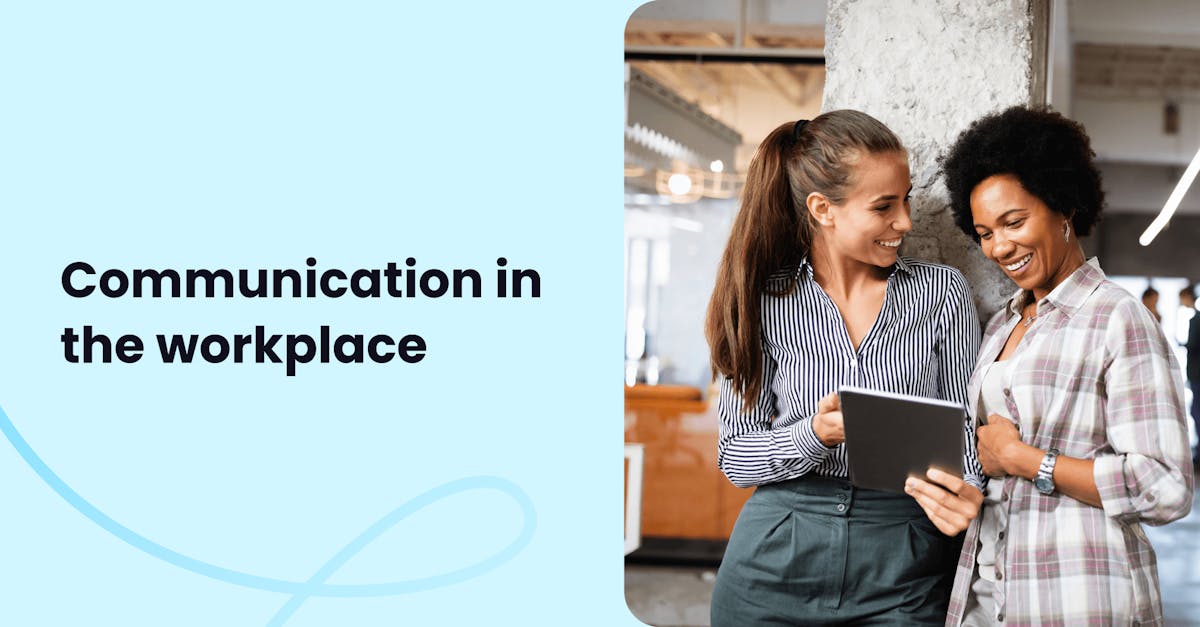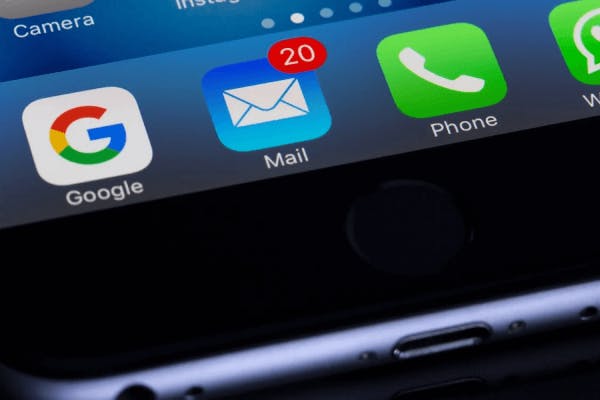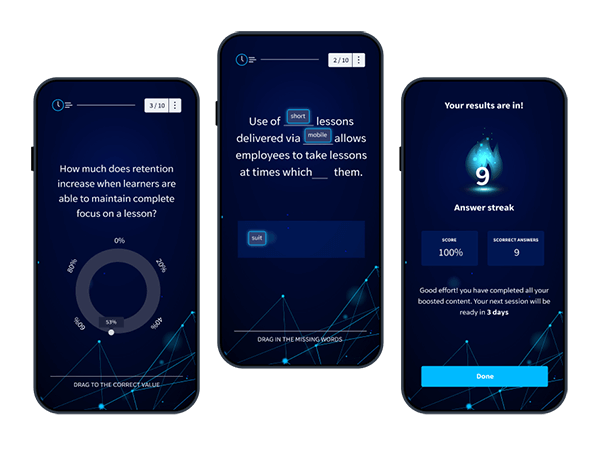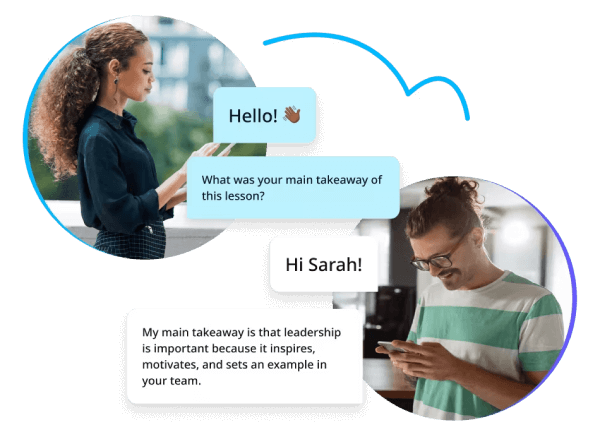How effective communication in the workplace can bring your organization to new heights

In today's digital age, we're almost always connected with our colleagues. While it was easier to shut off work communication after work or during breaks, that's almost impossible nowadays. Messaging platforms like Slack, Discord, Zoom, and social media sites like Instagram, Facebook, Twitter, and TikTok are what we can thank for that.
With such easy access to workmates, it can be easy to give almost no thought to communicating with them. Saying "hi" to a coworker, huddling with someone on remote work, or sharing a meme with the rest of your team may not need much thought—and that's fine.
While that’s typically acceptable in work environments that encourage openness and friendliness, it’s still important to make a distinction between these types of messages and workplace communication.
Knowing the timing and how to communicate successfully at work can help you avoid miscommunication, boost collaboration, and create trust. Teams that understand how to successfully communicate about work are also better prepared for different types of challenges.
But, developing excellent communication habits requires time and effort—which is where this article comes in. Here's how effective communication in the workplace can bring your organization to new heights.
What exactly does "workplace communication" mean?
Workplace communication refers to any sort of communication that takes place at work about work. This involves talking about specific duties, conveying project progress updates, and delivering feedback to managers or staff.

If you can't communicate properly at work, then you risk miscommunication, uncertainty, or even accidentally hurting someone's feelings. This can lead to project delays, lost clients, or even lawsuits. This is why knowing how to communicate effectively in the workplace is highly essential for productive teamwork.
Communication in the workplace can take place in person, in writing, via video conferencing, or in a group gathering. It happens in real-time or even asynchronously, like when you communicate about work via email, recorded video, or a platform such as project management software.
Different types of workplace communication you need to train yourself and your team on
Effective workplace communication can take many forms. It's important to understand the different types of communication since they can be used simultaneously or give off different meanings if not used correctly.
Verbal communication
Verbal communication is the most common and probably most used type of communication in the workplace. When people think about workplace communication, they think of presentations, standups, face-to-face meetings, and 1:1s, most (if not all) of which are done verbally.

Verbal communication is done instantly. It lets you immediately clarify any misunderstandings or questions that may arise, which can prevent errors and misunderstandings. Some say that it also builds stronger relationships since you can convey emotion and tone better through verbal communication.
Written communication
Written communication is another important type of communication in the workplace. This involves using written words to convey information and includes emails, reports, and memos. Written communication can be particularly useful for documenting important information and keeping a record of decisions that have been made.

Written communication allows you to express your ideas and thoughts in a clear and precise manner. This helps guarantee that the message can be taken through in detail, which is particularly important when conveying complex or technical information. It can also be easily shared with multiple people and distributed across different locations and time zones. This makes it an effective way to communicate with remote teams or colleagues in different countries. Messaging platforms like Slack, Discord, Zoom, and social media sites like Instagram, Facebook, Twitter, and TikTok, where you can learn how to go viral, are what we can thank for that
Nonverbal communication
Last but not least, there is nonverbal communication. This type of communication skills example is often regarded as the least important since it’s barely used by employees. But this type of workplace communication is what usually changes the meaning behind your message.

Weird body language, unusual facial expressions, and offhanded gestures can color your well-meaning verbal and written communication in a different way. But when used effectively, it can add extra layers of meaning to spoken or written words, which can enhance understanding and make communication more effective.
Nonverbal communication can be particularly important when communicating with people from different cultures, as it can help bridge language barriers and facilitate understanding.
Why do you need to invest in workplace communication in the first place?
If you want to be a successful organization, you need to understand the role it plays and why it’s important to invest in communication training activities in the first place.
- Increased productivity: Effective communication streamlines processes and guarantees that everyone is on the same page. This means when team members understand what’s expected of them and can communicate their needs and concerns effectively. This allows them to work more efficiently and effectively, resulting in increased productivity.
- Improved relationships between colleagues: It builds stronger relationships between colleagues. Teams that communicate openly and respectfully develop trust and mutual respect. This creates a more positive and supportive work environment, which can boost morale and lead to better job satisfaction.
- A better understanding of tasks and expectations: Effective communication also makes sure that everyone understands their roles and responsibilities. When expectations are clear and well-communicated, team members are more likely to feel confident and empowered in their work. This is great for minimizing stress and enhancing your team’s performance.
- Fewer misunderstandings and conflicts: It also reduces misunderstandings and conflicts in the workplace. Good communication can prevent misunderstandings from arising. And when conflicts do happen, knowing how to properly talk out of them can resolve them quickly and respectfully.
Common challenges your organization may encounter
When trying to communicate more effectively in the workplace, it’s also important to recognize some of the common challenges your organization may encounter. After all, it’s only in identifying and recognizing problems that one can start overcoming them.
Language barriers
In a diverse company, language problems can be very difficult, especially when team members come from various cultural backgrounds and speak different or even multiple languages. Misunderstandings, uncertainty, and even confrontation are some of the things that can happen as a result of language barriers and harm employee productivity and morale.

To overcome language barriers, clear communication channels must be established. Having language lessons, accent training, or language training tools for team members who may have trouble recognizing the standard language spoken in the workplace.
Varying communication styles
Different communication styles can also pose a challenge, as team members may have varying preferences for how they communicate, such as direct or indirect communication. This can lead to misunderstandings and frustration if they don’t understand each other's communication styles.

Managers should be aware of these differences and encourage team members to adapt their communication styles to suit each other's needs and guarantee that everyone’s on the same page.
Technical problems
Technical challenges can also affect professional communication, especially when using digital technologies like video conferencing software or messaging platforms. Some of the usual causes of technical difficulties are connectivity issues, software concerns, and too many communication platforms.

To overcome these obstacles, it's critical to deliver proper communication skills training on how to use digital platforms and to have a plan in place for debugging technological issues as they emerge.
Emotional barriers
Effective communication in the workplace is also affected by emotional barriers like stress or anxiety, or conflicts between colleagues. Such barriers can negatively impact communication, leading to misunderstandings, misinterpretations, and decreased productivity. By recognizing and addressing emotional barriers, your team can improve their relationships, build trust, and work more effectively together.

Active listening training courses can help create safe spaces for individuals to share their concerns, allowing team members to understand each other better and work towards resolving any conflicts. Seeking support from colleagues or managers can also help them manage their emotions and address any underlying issues that may be affecting their communication in the workplace.
How to improve workplace communication
Now that you understand the value of effective communication at work, you need to learn how to improve your and your organization's communication skills. Remember that good communication is all about active listening. And while it may seem counter-intuitive, a "listener-first" approach will often help you frame your message delivery.
Here are some more ways to improve communication skills:
- Clarify expectations and tasks. It’s important to clarify expectations and tasks to make sure that everyone understands what’s expected of them. This can be achieved by giving clear instructions, asking for feedback, and discussing any concerns or questions.
- Encourage open communication. Encouraging open communication helps to build trust and foster a positive work environment. Offering opportunities for feedback and suggestions, promoting transparency, and creating a safe space for team members will inspire them to express their thoughts and ideas confidently.
- Use appropriate language. Choosing appropriate language guarantees that messages are received as intended. This includes using clear and concise language, avoiding jargon or technical terms that may be unfamiliar to some team members, and being mindful of cultural and language differences.
- Building relationships with colleagues: Positive relationships with coworkers can help promote successful communication and teamwork. This can be accomplished through demonstrating respect, being compassionate, and actively seeking to understand others' perspectives and experiences.
How to use EdApp for better communication in the workplace
EdApp offers a variety of interactive courses and training programs that can help individuals and organizations improve their communication skills in the workplace. With the help of its user-friendly interface and customizable features, you can easily tailor your learning materials to meet the specific needs of any of your teams or your organization as a whole.

The platform offers a range of free communication training for employees that's specifically focused on improving communication skills, such as "Effective Communication for Teams" and "Developing Communication Skills". They cover crucial communication topics, including active listening, clear and concise messaging, and building rapport with coworkers.
One of the key benefits of these courses is their focus on active learning. They encourage learners to engage with the content and apply their new skills in real-world scenarios. These courses even have practical exercises so learners can practice their skills before applying them in the workplace.

Finally, EdApp offers a range of communication tools, such as forums and discussions features, that can help facilitate communication and collaboration between team members. These tools are great for remote teams or those working across different time zones, allowing them to stay connected and engaged with one another.
EdApp is a mobile learning management system designed for today’s digital habits, delivering more engaging and effective micro-learning directly to learners anytime and anywhere.
Sign up for this communication training tool today.
Author
Stephanie Escuadro
Stephanie is an eLearning content writer for SC Training (formerly EdApp), a microlearning solution designed for today's digital habits. She creates content about cutting-edge learning technologies and resources to help companies deliver great training experiences. When not absorbed in writing, she spends her time taking care of her dog and binge-watching.
